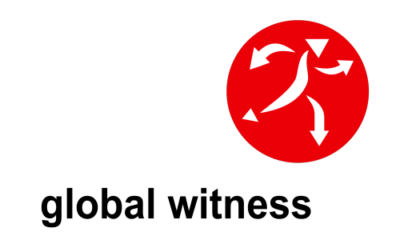

Energy
Global Witness Releases New Data on the Murder Rate of Environmental and Land Activists in Honduras, the Highest in the World
The assassination of indigenous leader Berta Cáceres this week showed that even internationally renowned environmental activists are unsafe in Honduras, the deadliest country in the world to defend the natural world.
Global Witness figures, released today, show that at least 109 people were killed in Honduras between 2010 and 2015, for taking a stand against destructive dam, mining, logging and agriculture projects. Of the eight victims whose cases were publicly reported in 2015, six were from indigenous groups. This is likely just the tip of the iceberg – it is safe to assume that some deaths are not being publicly reported.
“Hondurans are being shot dead in broad daylight, kidnapped, or assaulted for standing in the way of their land and the companies who want to monetise it,” said Billy Kyte, campaigner at Global Witness. “These are not isolated incidents – they are symptomatic of a systematic assault on remote and indigenous communities by a collusion of state and corporate actors. Urgent action is needed to protect those in the firing line, and bring perpetrators to justice.”
Cáceres was gunned down at around midnight on 2 March 2016, less than a year since she was awarded the 2015 Goldman Environmental Prize – a prestigious award recognizing grassroots environmental activists from around the world.
Another active member of Caceres’ indigenous rights group Copinh, Moisés Durón Sánchez, was murdered in May 2015 after receiving numerous death threats for his role defending his community’s rights to their land. Cáceres’s fellow Copinh leader Tomás García was shot dead by a military officer in a protest in 2013.
Killings are the most extreme manifestation of a systematic crackdown on environmental and land defenders in Honduras. Recent regressive laws, a powerful nexus of political and business interests, and a climate of near total impunity form a backdrop to the violent attacks, threats and criminalisation activists face.
The key findings of Global Witness’ latest report on global killings of land and environmental defenders were:
- Globally, at least 116 defenders were killed in 2014 – most in Brazil (29), followed by Colombia (25), the Philippines (15) and Honduras (12).
- 47 of the victims were members of indigenous groups, accounting for 40 % of the total.
- 2014 saw a spike in murders relating to hydropower projects. Disputes over land formed the backdrop to most killings.
- This hidden crisis is escaping public attention, both because it is not being adequately monitored and because many defenders live in remote, poor communities with limited access to communications and the media.
- Scant data on killings in much of Africa and areas like China, Central Asia and the Middle East may be linked to poor civil society monitoring, and the suppression of media and other information outlets.


 Environment10 months ago
Environment10 months agoAre Polymer Banknotes: an Eco-Friendly Trend or a Groundswell?

 Environment12 months ago
Environment12 months agoEco-Friendly Home Improvements: Top 7 Upgrades for 2025

 Features9 months ago
Features9 months agoEco-Friendly Cryptocurrencies: Sustainable Investment Choices

 Features11 months ago
Features11 months agoEco-Friendly Crypto Traders Must Find the Right Exchange





























